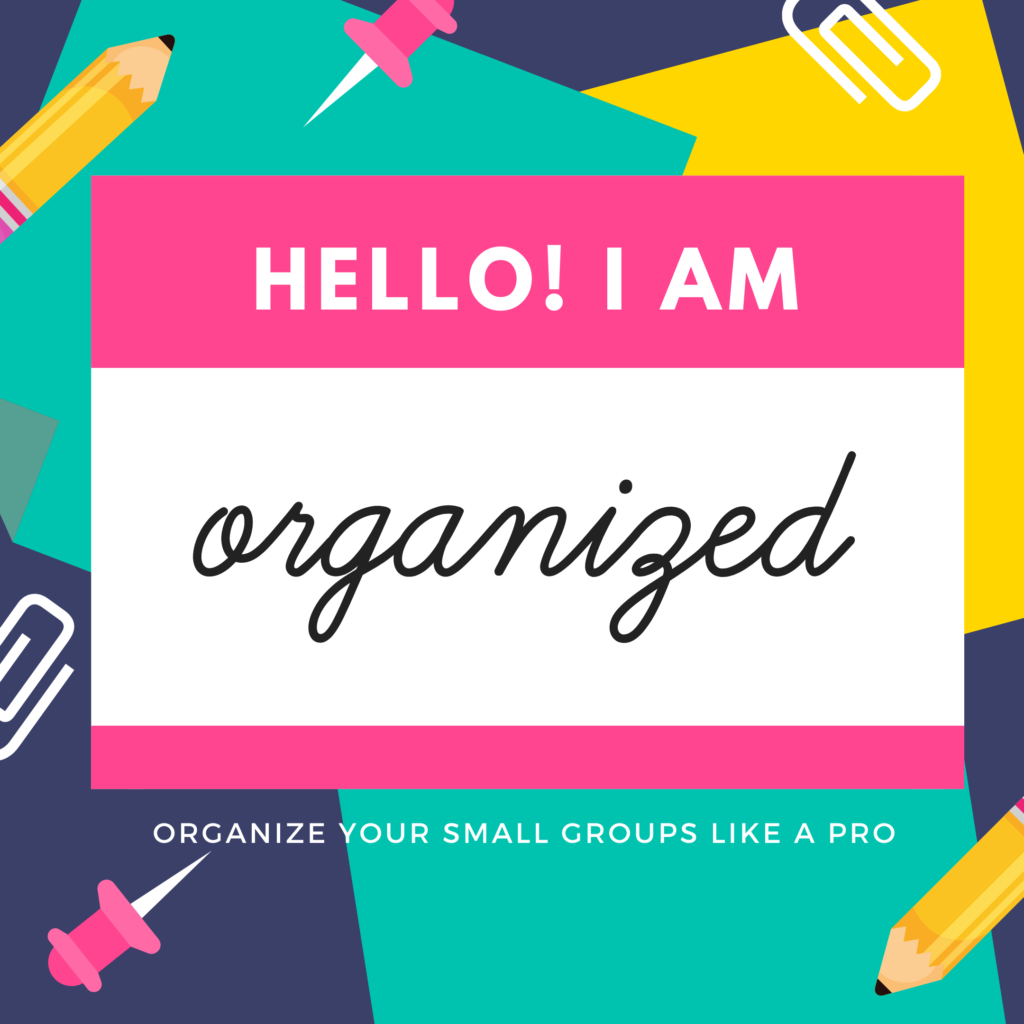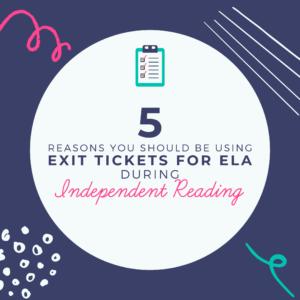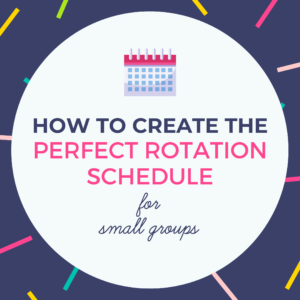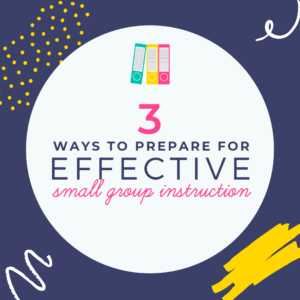One of the main components of running effective math and reading small groups is organization. How you organize your groups is essential! Organizing your small groups doesn’t have to be overwhelming or complicated. You can create well organized small groups in just three simple steps!
Step 1: Choose a Focus
The first thing you need to decide is what you want to use as your main focus for dividing students. You have two choices. You can group students by ability level or by target skill. Like anything else, both options have advantages and disadvantages. One thing to keep in mind is that you don’t have to keep the same focus every single time you mix up the groups, so if you start with ability level (or vice versa), and it’s just not working the way you want it to, you can switch it up next month! If you are just starting out with math or reading small groups, it may be a little more straight forward to start with ability grouping.
Step 2: Collect Data
After you’ve decided your focus for grouping your small groups, you need to collect your data. Like most instructional decisions, your math and reading small groups should be based on data. You can use NWEA data, iReady data, etc. Depending what math and reading program you use, you could use that data, too. Spread out your data and start marking it up! I like to print whatever data I’m using and grab a bunch of markers. If color-coding isn’t your thing, that’s totally fine. I do think it is highly useful in this case, though!
Most reading programs have colors that correspond to each level, so if you are ability grouping, just go through and highlight/mark through each student’s name with the color that corresponds to their level. If the program you’re using to collect data doesn’t have a color coded system, just make a key and use your own. You can do the same thing if you are focusing on certain skills.
As you are analyzing your data, always keep your anecdotal data in mind, too. Teacher judgement definitely plays a role here. If you notice a student who preformed surprisingly well (or vice versa) on an assessment based on what you see day in and day out in the classroom, keep that in mind as you are deciding where to place them in a group. Kids have bad test days, and kids can be lucky guessers some days. Always weigh your standardized test data with your own common assessment data and anecdotal data from other assignments and interactions with your students.
Step 3: Group Students
Once you have your data collected and analyzed, it is time to create your math and reading small groups! There are a few things to keep in mind when grouping your students. We’ll just start with the most obvious- size! We like to keep our small groups as close to six as possible; however, it’s not a rigid number! If you have your groups organized by ability level, your higher level groups can typically handle a higher group size. We’ve had groups of 8 students at higher levels that have been successful. Having your higher level students in larger groups will allow you to keep your lower level groups smaller. Your lower level students can really benefit from smaller group sizes like four.
Consider where you are going to hold your small group meetings, BUT don’t let space be a limiting factor when determining your group size. Don’t think that just because your kidney table only has room for five chairs means you can’t have small groups any larger than five. We often had students sit on the floor around us if they didn’t all fit at the kidney table. Don’t worry, you don’t have to sit on the floor, too, but your students can definitely manage sitting on the floor for 20 minutes!
Finally, don’t forget to consider student behavior. Once you have your students in their groups, check over them to ensure you don’t have any pairs (or trios!) of students who don’t do well together. You may need to do a little rearranging here and there to account for behavior. It’s better to have a student or two in a group higher or lower than their true ability and have your groups run smoothly than it is to have a group or two that is completely dysfunctional and more of a test of your refereeing skills than your teaching skills.
Enjoy your math and reading small groups!
Once you have your small groups organized, you are ready to start meeting with your students and giving them the extra differentiation they really need! Small groups have always been one of my favorite parts of teaching. The small group size allows you to better meet your students’ needs and give them more focused attention, and what teacher (or student) doesn’t like that!
If you’re looking for more small group resources, check out the following posts:
- Finding Time for Small Groups
- Read this post for 10 ideas for what to do with the rest of the class during small group time!








